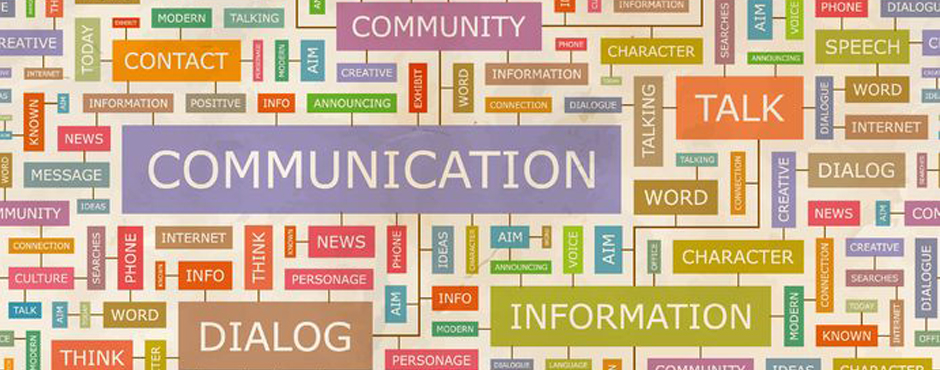Communication is key.
In all of our relationships, the ability to effectively communicate is crucial to the success of overcoming obstacles. So what do we do when the forms of communication have changed drastically over the past two decades: from conversations over the phone to text messaging; from physical photo albums to sharing images on Instagram; from scrapbooking to repinning on Pinterest; from breaking news at 6pm to getting information at rapid speeds on Twitter.
This shift in communication has changed the way that people communicate but also the way businesses reach their audience.
And in the same way we approach the improvement of our relationships, it is important to outline the key points to effectively communicating to our target audience:
1. Understand your audience:
Never begin a marketing project without first understanding who you’re marketing to. Learn their interests, purchasing behaviour, modes of communication, etc. It is a waste of time to develop any strategy based on assumptions. Knowing your audience gives you the advantage of effectively strategizing the optimal methods in which your audience will be most receptive to. There is never a one-size-fits-all method.
2. Communicate in a way that your audience is comfortable with – not in the way that you are:
There are a lot of companies that prefer the traditional ways of marketing without as much as a hint of interest in learning new methods. The reality is that the world keeps changing around us; and to keep up, we need to change with it. Hashtags, digital media, Smartphone applications – to name a few – are all new additions to the way we market. The Internet has provided businesses with limitless opportunities to reach almost anyone, anywhere, and at anytime. Why wouldn’t you take advantage of this marketing tool?
3. Content, content, content:
In real estate, it’s all about location. In marketing, it’s all about content. How relevant is the material you are using to the consumer in which you are targeting? The Internet serves as an excellent medium to connecting with your audience but with the over-saturation of available information, relevance is also key. The popularity of your posts and the virality of it depend heavily on how relatable they are and the stick factor. Create memorable content – but be sure to integrate relevance into your design.
4. Analysis:
You’ve posted a memorable and relevant message to your Facebook page – now what? It isn’t enough to just post riveting material: we must also gauge the way our audience responds to it. Which types of posts are generating the most buzz? What are the optimal times to post? Are your posts being liked and shared, or is it engaging your followers to comment? Ideally, you will design activations that connect with your audience in all ways (like, share, comment).
5. Follow-up:
Creating posts that allow your followers to create a community amongst themselves is beneficial to your brand – but it is equally important for you to be a part of that community. It is easy for things to slip through the cracks, so it is crucial that you’re paying attention to what your customers are saying (to you and to each other). All comments (good or bad) should be addressed within 24 hours.
In summation, a solid and effective communications strategy can benefit your brand in more ways than you can imagine: keep it simple, open, and relevant. Deliver on your brand promise and in a timely manner. These are just five ways to help improve your communications strategy. In the world of marketing and business development, the options are ever-changing; but the principles remain the same.
Which methods have you found to be effective?

